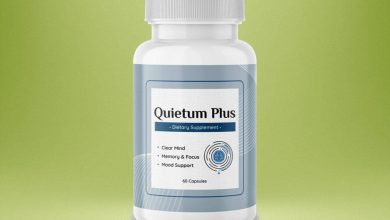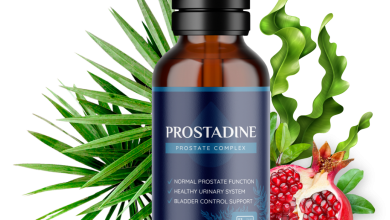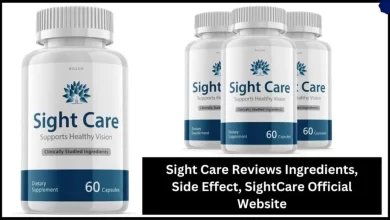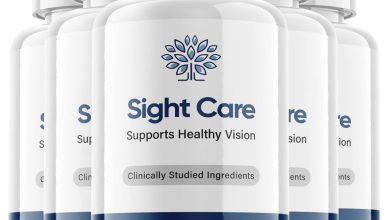What Is Glaucoma? Symptoms, Causes, Diagnosis
What Is Glaucoma?
Glaucoma is a condition that damages the optic nerve in your eye. It gets worse over time. It is often associated with an increase in intraocular pressure. Glaucoma tends to run in families. Most of the time you don’t realize this until later in life.
The increased pressure in your eye, called intraocular pressure, can damage your optic nerve, which sends images to your brain. As the damage worsens, glaucoma can lead to permanent vision loss or even complete blindness within a few years.
Most people with glaucoma do not have early symptoms or pain. See your eye doctor regularly so they can diagnose and treat glaucoma before you have long-term vision loss.
If you lose your sight, it cannot be restored. But lowering eye pressure can help protect your vision. Most people with glaucoma who follow a treatment plan and get regular eye exams can preserve their vision.
Causes of Glaucoma
The fluid in your eye, called aqueous humor, normally drains out of your eye through a mesh-like channel. Fluid occurs when this duct becomes blocked or when the eye produces too much fluid. Sometimes experts don’t know what causes this blockage. However, it can be hereditary, meaning it can be passed from parents to children.
Less common causes of glaucoma include a blunt or chemical injury to your eye, a serious eye infection, blocked blood vessels in the eye, and inflammatory conditions. It is rare, but eye surgery to correct another condition can sometimes cause it. It usually affects both eyes, but can be worse in one than the other.
Glaucoma Risk Factors
It primarily affects adults over the age of 40, but can also occur in young adults, children, and even infants. African Americans tend to have it more often when they are younger and experience more vision loss.
You are more likely to get it if:
He is of African-American, Irish, Russian, Japanese, Hispanic, Eskimo, or Scandinavian descent.
over 40
There is a family history of glaucoma
short-sighted or far-sighted
have poor eyesight
have diabetes
Are you taking certain steroid medications such as prednisone?
Do you take certain medicines or over-the-counter cold medicines for bladder control or seizures?
If you have an eye or eye injury
With a thinner-than-normal cornea
if you have high blood pressure, heart disease, diabetes or sickle cell anemia
have high eye pressure
types of glaucoma
There are two main types:
open angle glaucoma. This is the most common type and your doctor may also call it open-angle glaucoma. The drainage structure in your eye (called the trabecular meshwork) looks good, but the fluid is not flowing as it should.
angle-closure glaucoma. This is more common in Asia. You can also call it acute or chronic narrow-angle glaucoma or narrow-angle glaucoma. Because the drainage area between the iris and cornea is too narrow, your eye does not empty as it should. This can cause a sudden build-up of pressure in the eye. It is also linked to farsightedness and cataracts, a clouding of the lens in your eye.
Less common types of glaucoma include:
Secondary glaucoma. This is when another condition, such as cataracts or diabetes, puts extra pressure on your eye.
normal tension glaucoma. This happens when you have blind spots in your vision or when your optic nerve is damaged even though your eye pressure is in the average range. Some experts talk about a type of open-angle glaucoma.
pigmented glaucoma. In this form, tiny pigment particles from your iris, the colored part of your eye, mix with the fluid in your eye and block the drainage channels.
Glaucoma Symptoms
Most people with open-angle glaucoma don’t have symptoms. If symptoms do develop, it’s usually late in the disease. That’s why glaucoma is often called the “sneak thief of vision.” The main sign is usually a loss of side, or peripheral, vision.
Symptoms of angle-closure glaucoma usually come on faster and are more obvious. Damage can happen quickly. If you have any of these symptoms, get medical care right away:
Seeing halos around lights
Vision loss
Redness in your eye
Eye that looks hazy (particularly in infants)
Upset stomach or vomiting
Eye pain
Glaucoma Diagnosis
Glaucoma tests are painless and don’t take long. Your eye doctor will test your vision. They’ll use drops to widen (dilate) your pupils and examine your eyes.
They’ll check your optic nerve for signs of glaucoma. They may take photographs so they can spot changes at your next visit. They’ll do a test called tonometry to check your eye pressure. They may also do a visual field test to see if you’ve lost peripheral vision.
If your doctor suspects glaucoma, they may order special imaging tests of your optic nerve.
Glaucoma Treatment
Tears. These either reduce the accumulation of fluid in your eye or increase its drainage, thereby lowering intraocular pressure. Side effects may include allergies, redness, stinging, blurred vision, and irritated eyes. Some glaucoma medications can affect your heart and lungs. Because of possible drug interactions, be sure to inform your doctor of any other medical problems you have or any other medications you are taking. Also, let me know if it is difficult to stick to two or three different regimens of eye drops or if you experience any side effects. You can change your treatment.
oral medication. Your doctor may also prescribe oral medications such as beta blockers or carbonic anhydrase inhibitors. These medications can improve drainage or slow the build-up of fluid in your eye.
laser therapy. If you have open-angle glaucoma, this procedure can slightly increase the flow of fluid in your eye. It can stop fluid blockage if you have angle-closure glaucoma. Procedures include:
trabeculoplasty. This will open the drainage area.
Iridotomy This creates a small hole in your iris to allow fluid to flow more freely.
cyclophotocoagulation. This treats areas in the middle layer of the eye to reduce fluid production.
microsurgery. In a procedure called a trabeculectomy, your doctor creates a new channel to drain fluid and lower eye pressure. This type of surgery may need to be done more than once. Your doctor may insert a tube to drain the fluid. This surgery can cause temporary or permanent vision loss, bleeding, or infection.
Minimally invasive glaucoma surgery (MIGS). This is a less invasive form of surgery that usually requires small openings and uses equipment that you cannot see with the naked eye. It’s usually faster and safer, but doesn’t lower the pressure as much as it used to. The intervention can also be carried out at the same time as other interventions, e.g. B. cataract surgery was performed.
Open-angle glaucoma is most commonly treated with combinations of eye drops, laser trabeculoplasty, and microsurgery. Doctors usually start with medication, but early laser or microsurgery may work better for some people.
Acute angle-closure glaucoma is usually treated with a laser procedure.
Infancy or congenital glaucoma – which means you were born with it – is usually treated surgically because the cause is a problem with your drainage system.
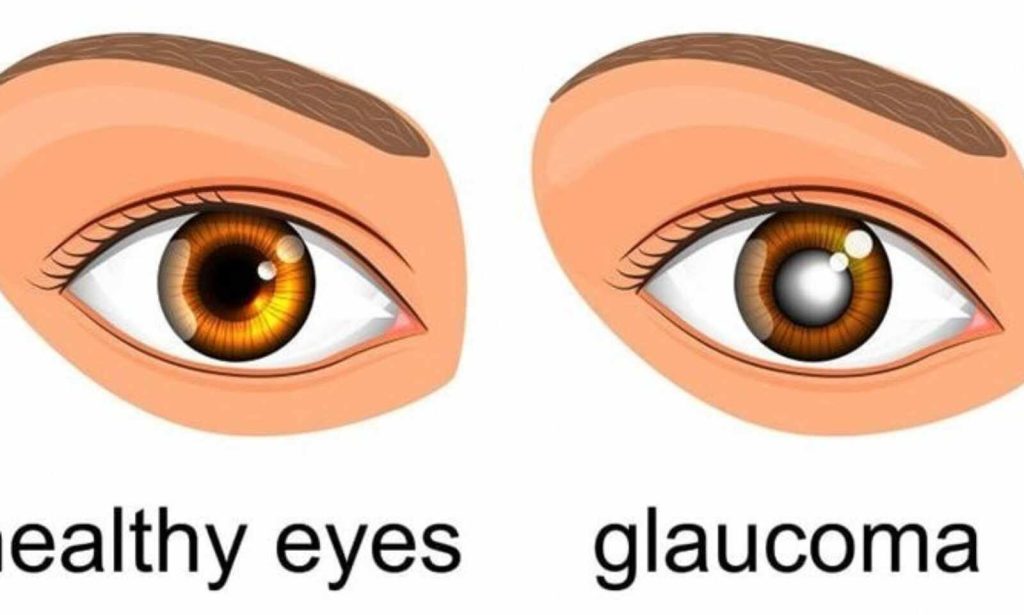
Marijuana and Glaucoma
Research in the 1970s reported that smoking marijuana can lower eye pressure. But it takes a lot of time to significantly reduce eye processes, and it also lowers blood pressure. This can destroy the gains from marijuana by limiting the blood flow needed by your optic nerve.
Reviews from the National Eye Institute and Institute of Medicine show that there is no scientific evidence that cannabis is more effective than modern drugs.
Tips for living with glaucoma
Glaucoma is a lifelong condition and requires ongoing follow-up care by your eye doctor. There are other things you can do to keep your eyes healthy.
Go on. Regular exercise can help lower eye pressure and keep blood flowing to the nerves in your eye. Some activities can increase the pressure, so talk to your doctor about the best exercise program for you.
Healthy eating. Enjoy a healthy and balanced diet. It won’t prevent your glaucoma from getting worse, but it’s key to keeping your body and eyes healthy. Some research suggests that foods high in antioxidants may be beneficial if you have glaucoma. Eat more nutrient-dense foods:
dark leafy greens
Fish packed with omega-3 fatty acids
Get your attention. Make sure you take your drops or pills exactly as directed. Set reminders on your phone or watch so you don’t forget anything. Skipping your medications can make your glaucoma worse.
Pay attention to people. If you are using medicated eye drops, you should be able to continue to wear contact lenses. However, if you do not have lenses, you may need to take some medications. Some older drugs can also change your vision. If you need surgery, it may affect your ability to wear lenses.
Scrub. Glaucoma and the medications you take can make your eyes itchy. But fight the urge. You can scratch them and make things worse. Ask your doctor if you can use drops to treat dryness.
Drive safely. Most people with glaucoma can continue to drive as long as they pass their state’s eye test. Simply put, your ability to drive depends on how much vision loss you have. Some people with advanced glaucoma can renew their licenses with restrictions. Ask your doctor if driving is OK for you.
Pay attention to yoga. You may need to reconsider some yoga positions. Some adverse movements that bring your heart over your eyes can raise your eye pressure. Research hasn’t shown it worsens glaucoma, but doing yoga positions that increase eye pressure isn’t a good idea. Avoid poses such as:
Down Dog
Lean forward while standing
plow
legs against the wall
How can I help a parent with glaucoma?
A glaucoma diagnosis can be scary. Many older people struggle with various age-related problems. They often fear that if they lose their sight, they will become a burden to their family. So first reassure your parents that most people can maintain their eyesight with proper medication and care.
Then, help your loved one establish a routine for taking the eye drops correctly and on time. You may need to use them several times a day. This can be particularly difficult for people with arthritis and is not easy for anyone to remember. You can offer your help by stopping by your home or calling with a reminder. Otherwise, talk to your parent’s doctor to make sure a plan is in place. It is extremely important to follow a treatment plan for glaucoma to prevent permanent vision loss.
If your parent needs surgery, do your best to help them prepare and organize transportation for their next doctor visit.
Many services and products can help a visually impaired person write checks, tidy their kitchen, tell the time, and even play cards. Contact the Glaucoma Foundation to learn more.
Remember that the best help you can give is your emotional support.
Glaucoma Prevention
You cannot prevent glaucoma. But if you catch it early, you can reduce the risk of eye damage. This can help protect your short sightedness:
Get regular eye exams. The sooner they notice the signs of localized glaucoma, the sooner you can start. All adults should go through glaucoma life every 3 to 5 years. If they are 40 years old and have a family history of the disease, have an eye patient have a complete eye exam every 1 to 2 years. If you have health problems such as diabetes or are at risk for other eye diseases, you may be able to walk more often.
Find out your family history. Ask if your relatives have been examined for glaucoma.
follow the directions of the guide. If they notice that your eye pressure is high, they may give you drops to help end the glaucoma.
Application. Do moderate activity, such as walking or jogging, at least three times a week.
Protect your eyes. Wear safety glasses when playing sports or home improvement projects.

